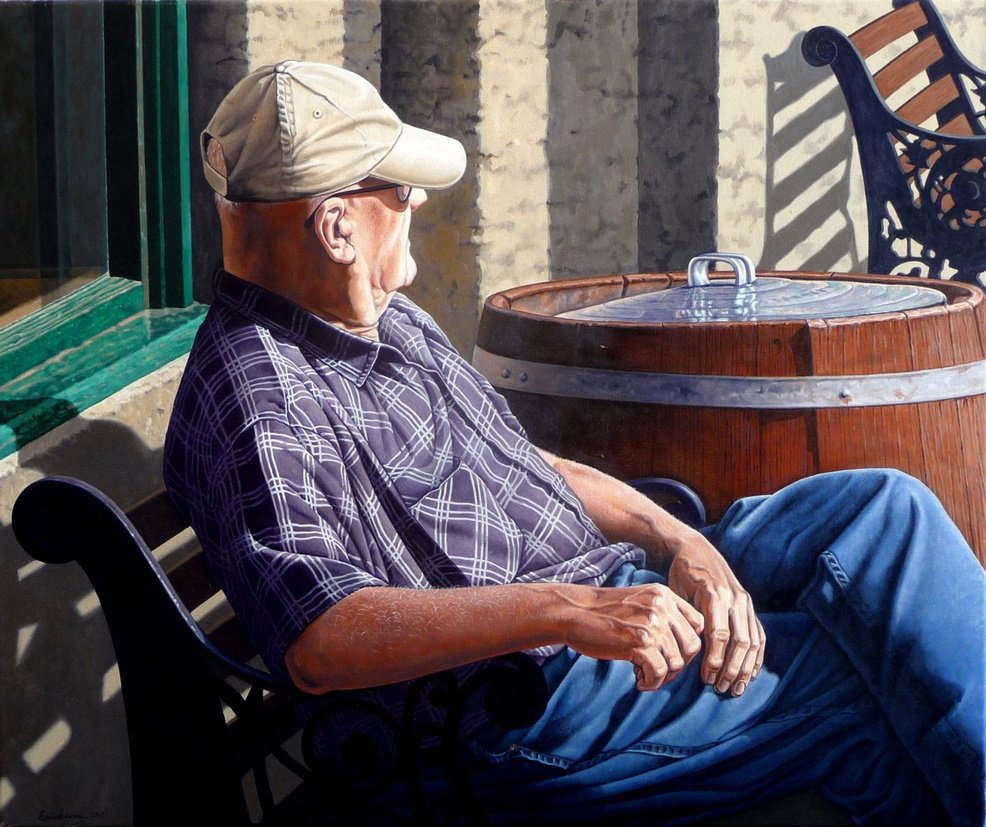
What Is Representational Art?
The Beauty of Representational Oil Paintings: Capturing Life with Brush and Color.
Representational oil paintings, with their meticulous attention to detail and lifelike portrayal of subjects, have captivated art enthusiasts for centuries. These masterpieces of realism invite viewers to immerse themselves in a world that mirrors the beauty and complexity of our own. This introductory document delves into the realm of representational oil paintings, exploring their unique characteristics, techniques, and the enduring appeal they hold for art lovers around the globe.
The Essence of Representational Oil Paintings:
Realism and Accuracy: Representational oil paintings aim to faithfully recreate the visible world. Artists meticulously render subjects with precision, capturing their physical features, textures, and nuanced details to achieve a lifelike representation.
Storytelling and Narrative: Through representational art, painters tell stories and convey narratives. Each brushstroke and composition choice contributes to the unfolding of a visual tale, inviting viewers to engage and interpret the scenes depicted.
Aesthetic Beauty: Representational oil paintings often exude a timeless aesthetic beauty. The interplay of light and shadow, the richness of colors, and the depth of textures create visual harmonies that captivate the eye and evoke a sense of wonder.
Techniques and Skills:
Observation and Study: Artists practicing representational oil painting engage in keen observation of their subjects. They study light, form, proportion, and anatomy to accurately capture the essence of what they see.
Layering and Glazing: Artists employ layering techniques to achieve depth and luminosity in their oil paintings. Building layers of paint gradually allows for subtle transitions and creates a sense of realism. Glazing with transparent layers enhances color intensity and adds richness to the composition.
Brushwork and Texture: Representational oil paintings showcase a mastery of brushwork. Artists carefully manipulate brushes to achieve precise strokes, varied textures, and intricate details, which contribute to the overall realism and tactile quality of the artwork.
Composition and Perspective: Strategic composition and skillful use of perspective play vital roles in representational oil paintings. Artists carefully arrange elements within the frame to guide the viewer's gaze and create a sense of depth, ensuring a convincing portrayal of three-dimensional space.
Enduring Appeal:
Emotional Connection: Representational oil paintings have the power to evoke emotional responses in viewers. The lifelike depiction of subjects can elicit empathy, nostalgia, or a sense of awe, establishing a deep connection between the artwork and its audience.
Timeless Beauty: The classic and timeless quality of representational oil paintings transcends eras and trends. The appeal of these artworks persists through generations, as they continue to resonate with viewers and evoke a sense of beauty that transcends time.
Artistic Skill and Craftsmanship: Representational oil paintings exemplify the technical prowess and skill of artists. The meticulous attention to detail, careful observation, and mastery of oil painting techniques showcase the artist's dedication, talent, and years of honing their craft.
Appreciation of the Everyday: Representational oil paintings often depict everyday scenes, objects, and people. By portraying the ordinary with extraordinary skill, these artworks invite viewers to find beauty in the mundane and appreciate the richness of the world around them.
Representational oil paintings offer a glimpse into the artist's world, inviting viewers to share in their vision and interpretation of reality. Through their meticulous craftsmanship, attention to detail, and ability to evoke emotions, these artworks hold an enduring allure. Let us celebrate the beauty and artistry of representational oil paintings, appreciating the masterful skill and the stories they tell with each stroke of the brush.
A portrait of friends presents a gifted balance of the juxtaposition in our experience of hyper-realism in objects and backgrounds and portraits of the character of people as they are experienced, not just seen.